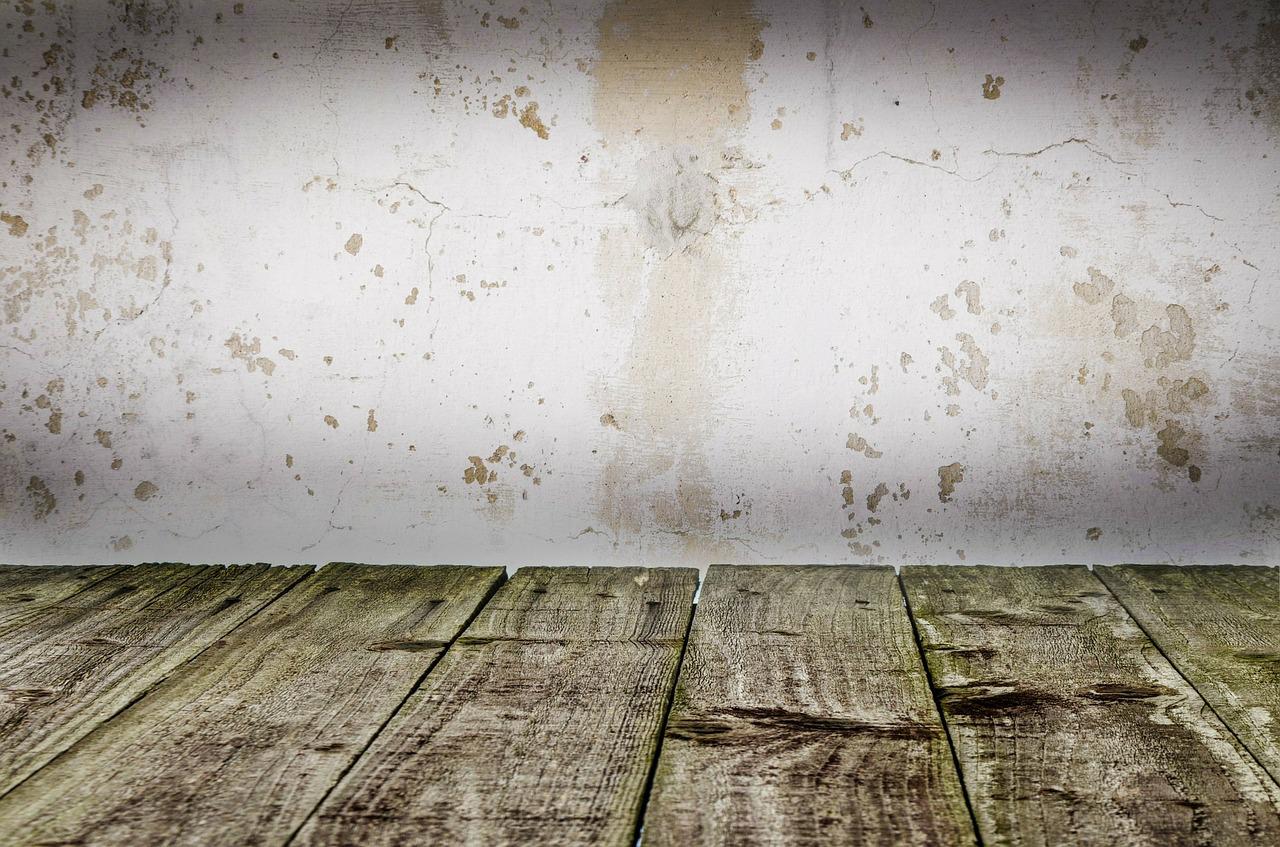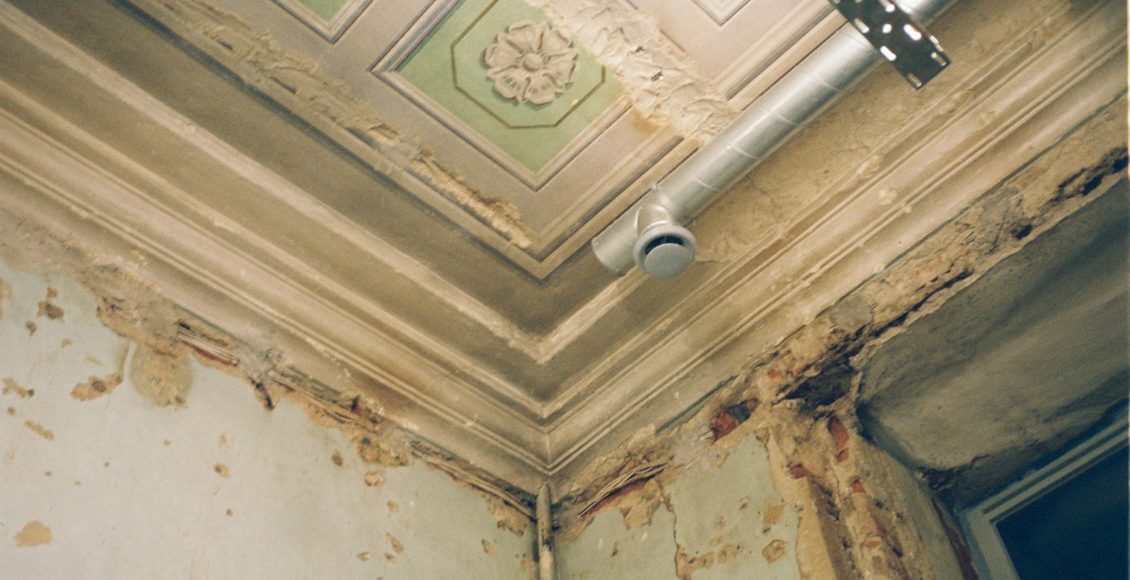Every type of water-caused damage is a major headache. Worse still, you don’t have time to waste dealing with water damage repair. Even small quantities of water can cause mold to grow in as little as 24 hours. Water damage may also cause a variety of safety and structural issues that you may not be aware of until it is too late. In this article, we will go through some of the most important steps to take once you have experienced water damage inside a house.
Safety First
The safety of you and your family should be your primary priority. Start by turning off the electricity to the entire house or the damaged area if there is water flowing. The combination of electricity and water is fatal. After that, close the main water entry valve to prevent the water system from becoming contaminated. In the event of a major flood, you may also need to turn off the gas. Discard any damaged food since unintentional eating can lead to food poisoning. Wade across a flooded floor with caution, especially if the water is murky. At the bottom of the water, there might be sharp items. When walking on a wet floor, use robust waterproof footwear.
Inspect for Mold
This is essential since some hazardous molds can appear within the first 24 hours following a flood. Apart from their toxicity to people, molds are extremely harmful to the materials they infest. If you have a tiny mold problem, cut off the material, bag it, and throw it away right away. If you have a major mold problem, leave the area immediately, turn off any airflow, and contact a specialist. The folks at Mold Inspection Company state that mold can be found anywhere in your home and can cause some serious allergic reactions. Therefore, they recommend taking immediate steps to ensure your and your family’s safety. Remember that mold can appear in unexpected places, such as beneath floors or inside walls, so this examination and repair will be continuous.
Keep Area Dry
When it comes to water damage in the home, it’s critical to act quickly, because mildew and mold can easily form. Remove as many of the damaged things as possible, including furniture, and set fans on the wet floors and walls to dry them off. If the water damage is severe, you may need to rent a few industrial-strength fans to properly dry the area. The damage caused by water is often too great for a single person to handle. To keep yourself safe and guarantee that the water removal procedure is completed correctly, seek assistance from a restoration firm. Your property will be returned to a clean, safe atmosphere with experienced water damage repair services.
Disinfect the Area
Take the time to disinfect the surfaces that have been damaged to ensure that all bacteria have been removed. Vinegar, lemon, bleach, and hydrogen peroxide are just a few of the substances that may be used as disinfectants. To keep the region spore-free, use a natural vinegar and water combination. These compounds eliminate bacteria and dangerous germs, reducing the risk of illness. To guarantee that any bacteria in the afflicted region is eradicated, disinfect all things that were in the vicinity.
Begin Repairs
Finally, it is time to start working on the repairs. Wall, floor, and door repairs or replacements are the most common water damage repairs. Consult the authorities to see if certain repairs are permitted or need city permission. The severity of the damage determines the length of time it takes to restore the damage. Make sure you have enough time set up for floor work. Make a few touch-ups after the repairs, such as painting and repairing any peripheral systems, such as electrical and plumbing systems, if they were also damaged. It’s time to return to your dry, clean, mold-free house after doing this and receiving approval from your insurance company, restoration business, and local government.

We have all once heard the stories: a relative watches their basement fill with water during a particularly heavy storm, or a friend returns home from vacation to discover their home flooded due to a busted pipe. Water may enter houses in a variety of ways, but it always leaves the disagreeable duty of cleaning up the mess. Choosing the right course of action for water damage can be irritating and difficult. The steps mentioned above will surely minimize water damage in your home and make the restoration process go more smoothly.



Comments are closed.